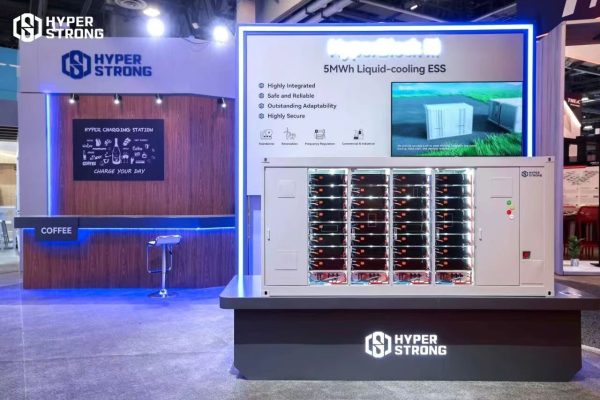Why Real Data Matters
In the international energy storage system (ESS) export market, buyers are increasingly data-driven. While marketing statements and general claims are useful, they often fail to convince. Real-world data—performance logs, case studies, and operational metrics—can dramatically increase buyer confidence, proving that the system delivers tangible investment value.
1. Types of Real Data to Present
- Performance Metrics: Charge/discharge cycles, round-trip efficiency, and energy throughput.
- Operational Logs: Monitoring data showing uptime, load response, and energy savings.
- Financial Results: Savings on electricity bills, demand charge reductions, or ROI calculations.
- Maintenance Records: Historical maintenance costs and failure rates.
Exporter Tip: Prioritize data that directly supports financial and operational benefits.
2. Using Case Studies Effectively
- Select Representative Projects: Choose examples similar to the buyer’s use case (home, commercial, microgrid, off-grid).
- Include Key Metrics: Show energy delivered, efficiency, cost savings, and payback period.
- Visual Presentation: Use charts, graphs, and tables to make data digestible.
Exporter Tip: Case studies bridge the gap between spec sheets and real-world performance.
3. Demonstrating ROI with Data
- Show Calculated Returns: Link energy savings and reduced operational costs to payback periods.
- Scenario Comparisons: Present multiple scenarios (e.g., peak vs. off-peak usage) to show flexibility.
- Benchmarking: Compare data against industry averages or competitor performance.
Exporter Tip: Buyers are more convinced when numbers come from actual installations.
4. Transparency Builds Trust
- Raw Data Sharing: Provide logs, graphs, and reports without hiding inconvenient results.
- Highlight Variability: Explain expected performance ranges and environmental impacts.
- Certification Evidence: Link data to CE, UL, IEC, or other compliance results.
Exporter Tip: Honesty about performance variance strengthens credibility and long-term trust.
5. Digital Tools for Data Presentation
- Interactive Dashboards: Show real-time or historical performance metrics.
- Downloadable PDFs: Include detailed charts for buyer analysis.
- Embedded Videos: Demonstrate system operation and maintenance procedures.
Exporter Tip: Modern buyers expect easy access to verified data across devices.
6. Common Mistakes to Avoid
- Using Hypothetical Data Only: Simulations are useful but insufficient alone.
- Overloading Buyers with Raw Logs: Summarize key points and highlight actionable insights.
- Ignoring Market Context: Data should reflect relevant energy costs and local usage patterns.
Exporter Tip: Present data strategically, not just as a dump of numbers.
Real Data as a Sales Driver
In ESS exports, showing investment value with real data transforms buyer conversations from theoretical to tangible. Performance metrics, case studies, and verified financial results provide evidence that your system delivers reliable energy and financial returns. Exporters who leverage real data effectively can build trust faster, shorten decision cycles, and secure long-term contracts in the competitive international market.









